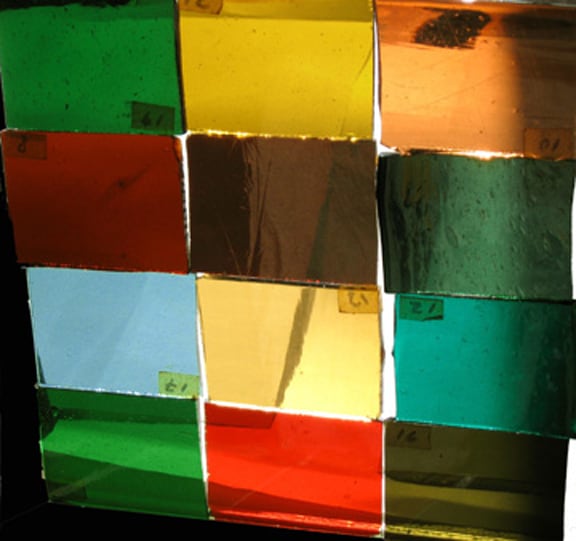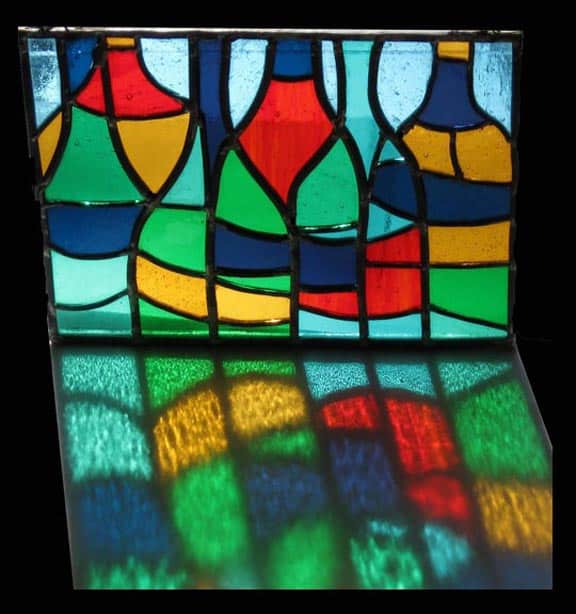Some good information in from Ken Previtali:
Here’s a book (Edward Drummond Libbey, American Glassmaker by Quentin R. Skrabec, Jr.) that I discovered recently that was interesting for a number of reasons; including a great early history of the New England Glass Company, as well as wonderful descriptions of the challenges facing glasshouses in the mid-19th century. Also of interest was the beginnings of the Toledo Museum of Art, and how Libbey brought the concept of “art” into innovation and industry, not just for the utilitarian benefits, but for the wider appreciation of craftsmen as designers and artists, rather than factory workers.
“death reportedly was the penalty for letting a formula pass into the hands of a rival glasshouse.”
In one part of the book the author mentions the European laws that prevented glassmakers from emigrating to other countries, especially America. This was to protect the processes and glass formulas from being introduced to American glasshouses, eroding the American marketplace for European glass. Glassmakers were smuggled into America along with their formulas. In the very, very early days of glassmaking in Europe, death reportedly was the penalty for letting a formula pass into the hands of a rival glasshouse.
In the early 1970s I had a small stained glass studio which never took off into a profitable business, for a variety of reasons. In any case, the mentors I worked with to learn the craft always touted hand-blown European glass as the ultimate material to use for my work. Some of the old European glasshouses were still producing the “antique” glass and I bought my inventory from an importer in Manhattan. I purchased about 150 sq. feet of glass, in about 30 colors. To create a “palette” to select colors for my designs, I cut a 1.5″ x 2.75″ sample from each sheet of glass.
In the mid 1980s while attending bottle auctions and shows some of the colors of early bottles and glass seemed very familiar to me. I pulled out my “palette” and the colors were remarkably the same. Was it possible that some early American bottles were of glass formulated from the old European makers smuggled into the country? Was it possible that my stained glass sheets imported from England, France, and Germany were perhaps still the same basic formulas? Who knows? But it is fun to speculate. Here’s a picture of the palette colors that seem to match many bottles I’ve seen. (The numbers taped on the pieces were my inventory system and a way to find the glass sheet to cut from.)
Lastly, here’s small piece I did in the 70s that was a “sketch” for a larger work. Unfortunately, the commission fell through, but I still have the sketch.
Happy New Year,
K.









